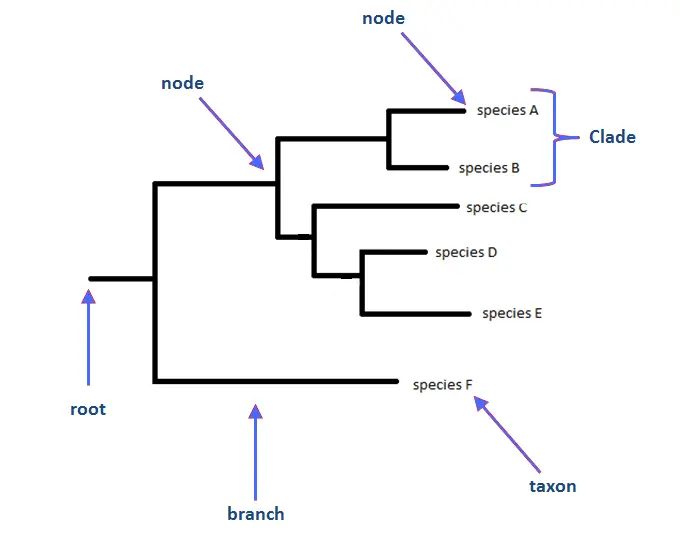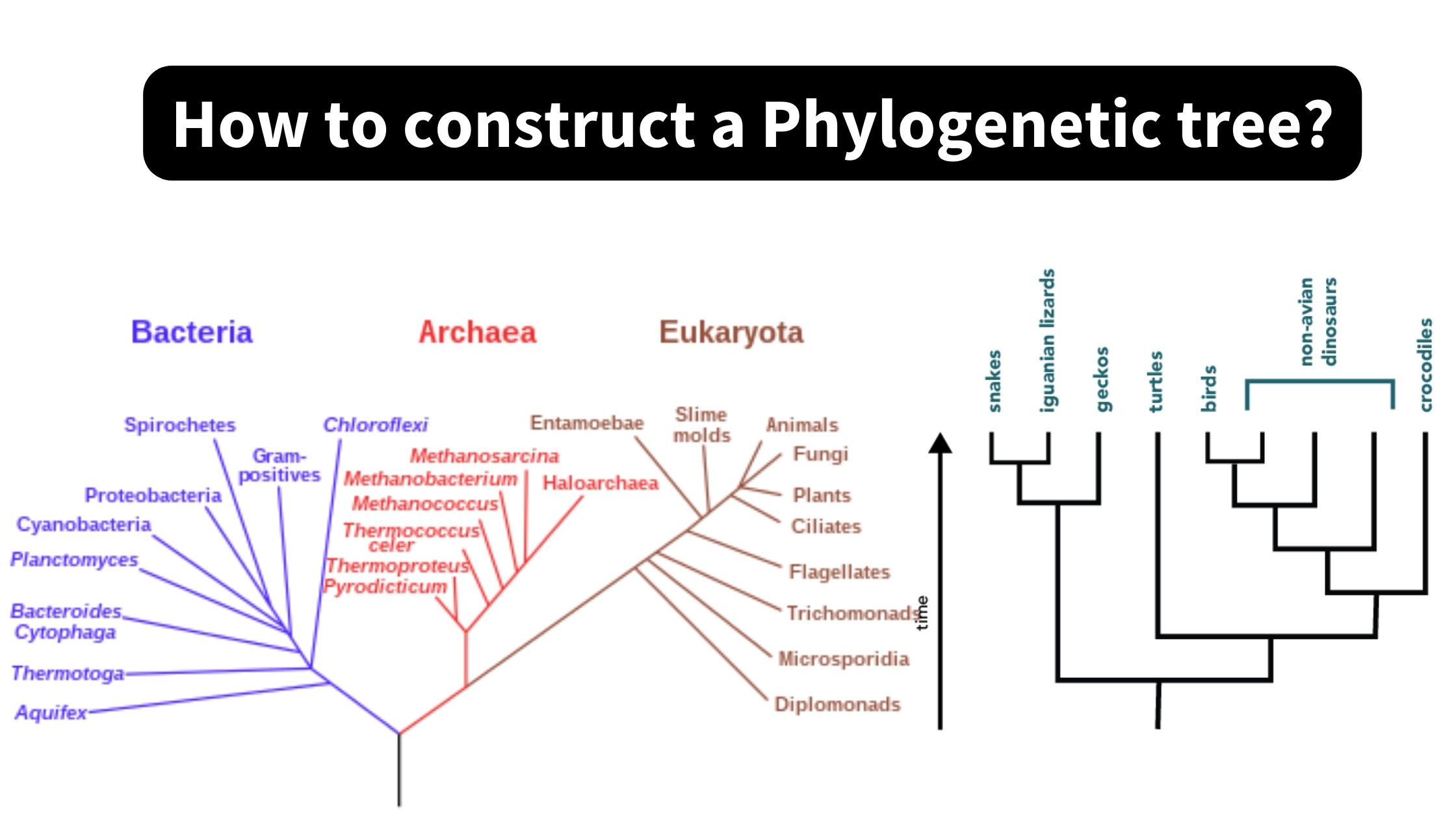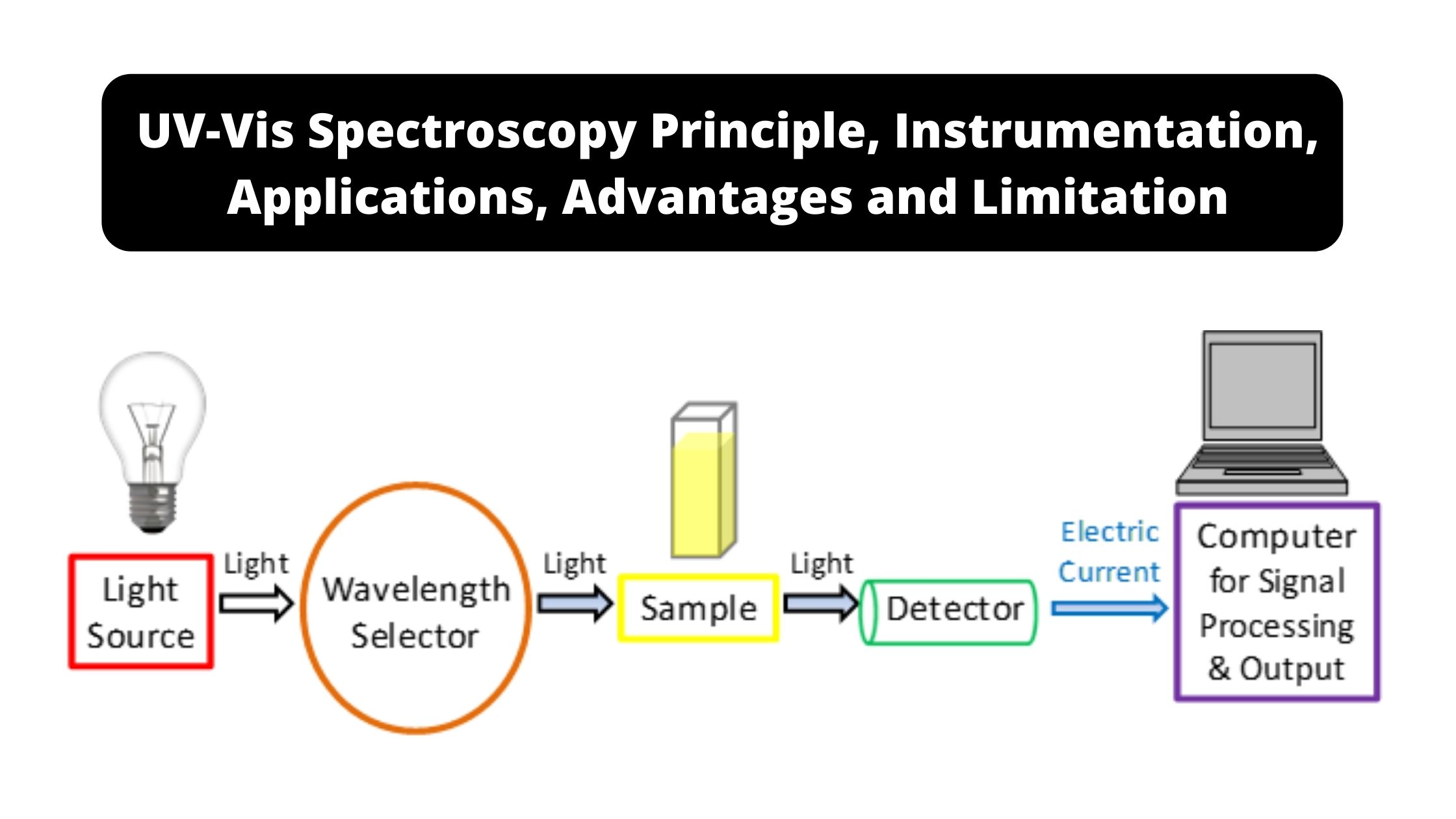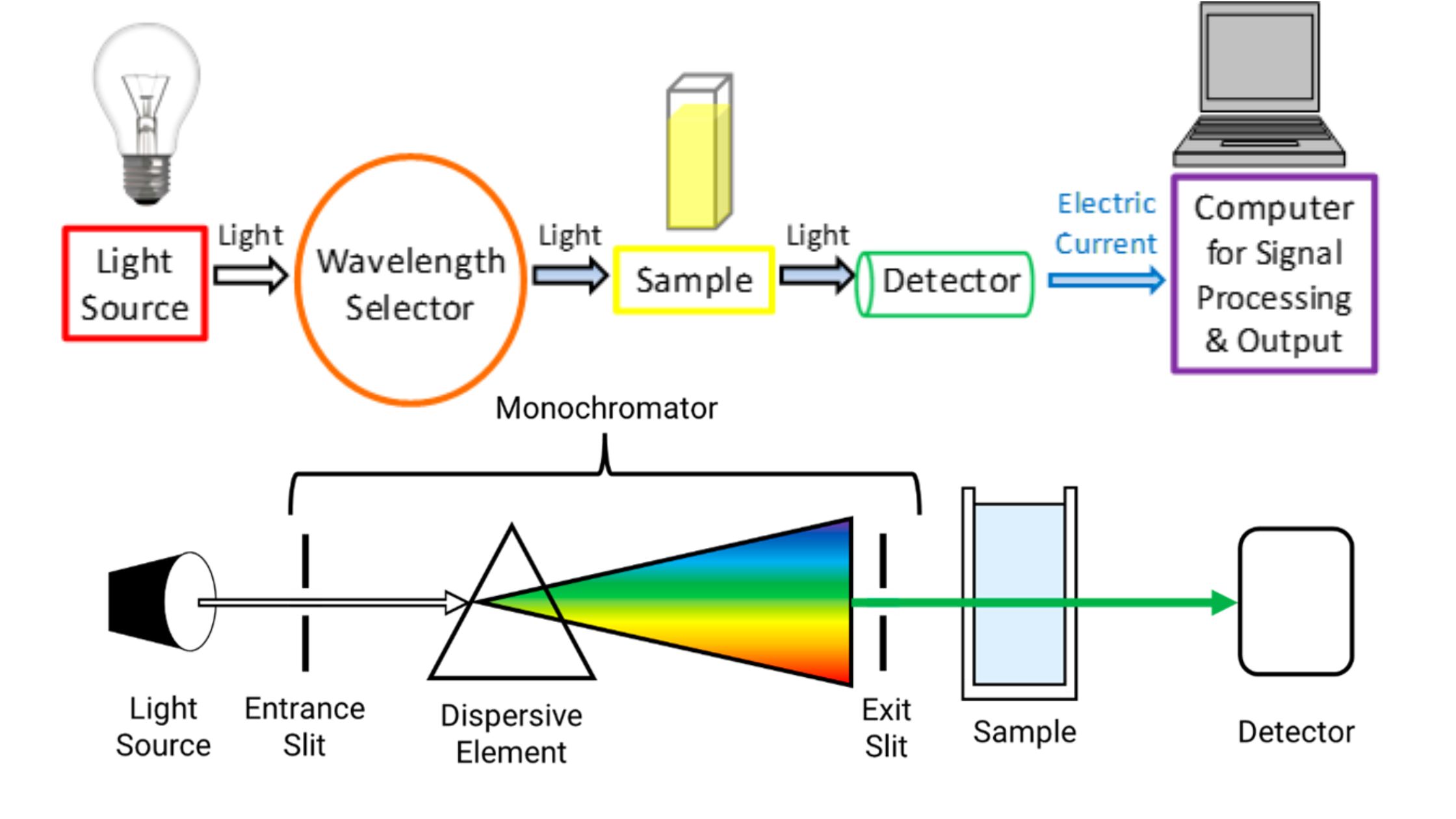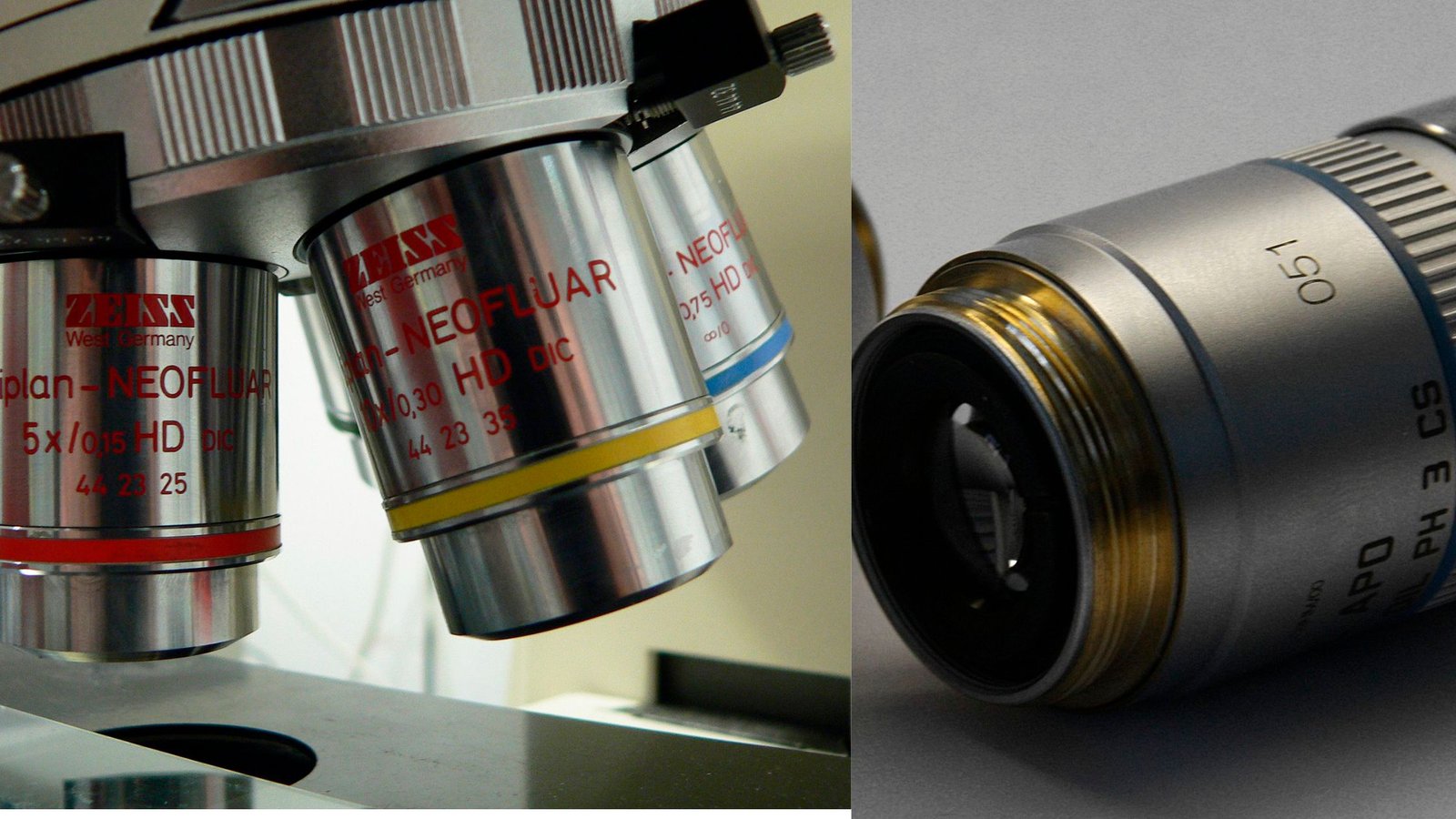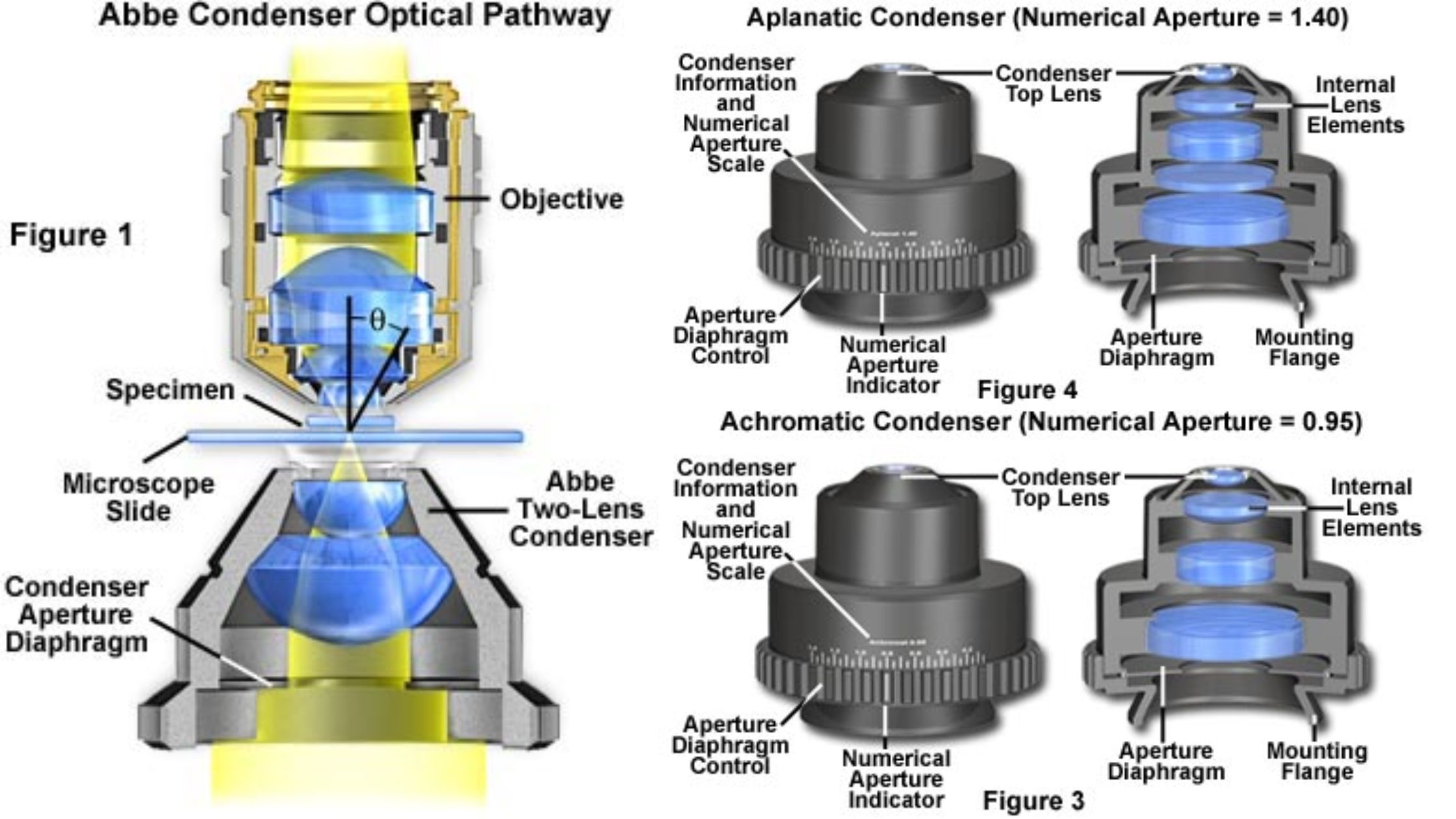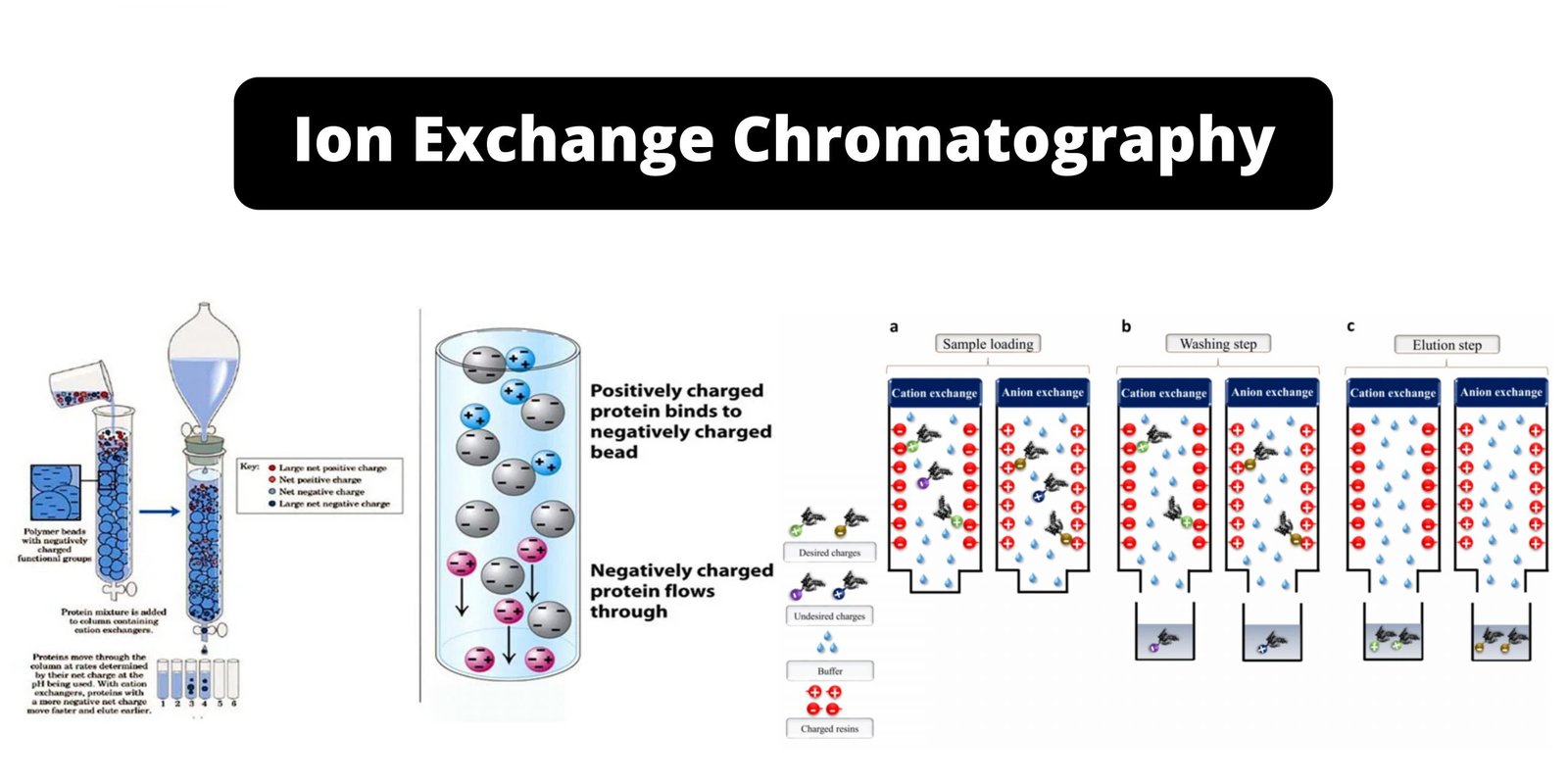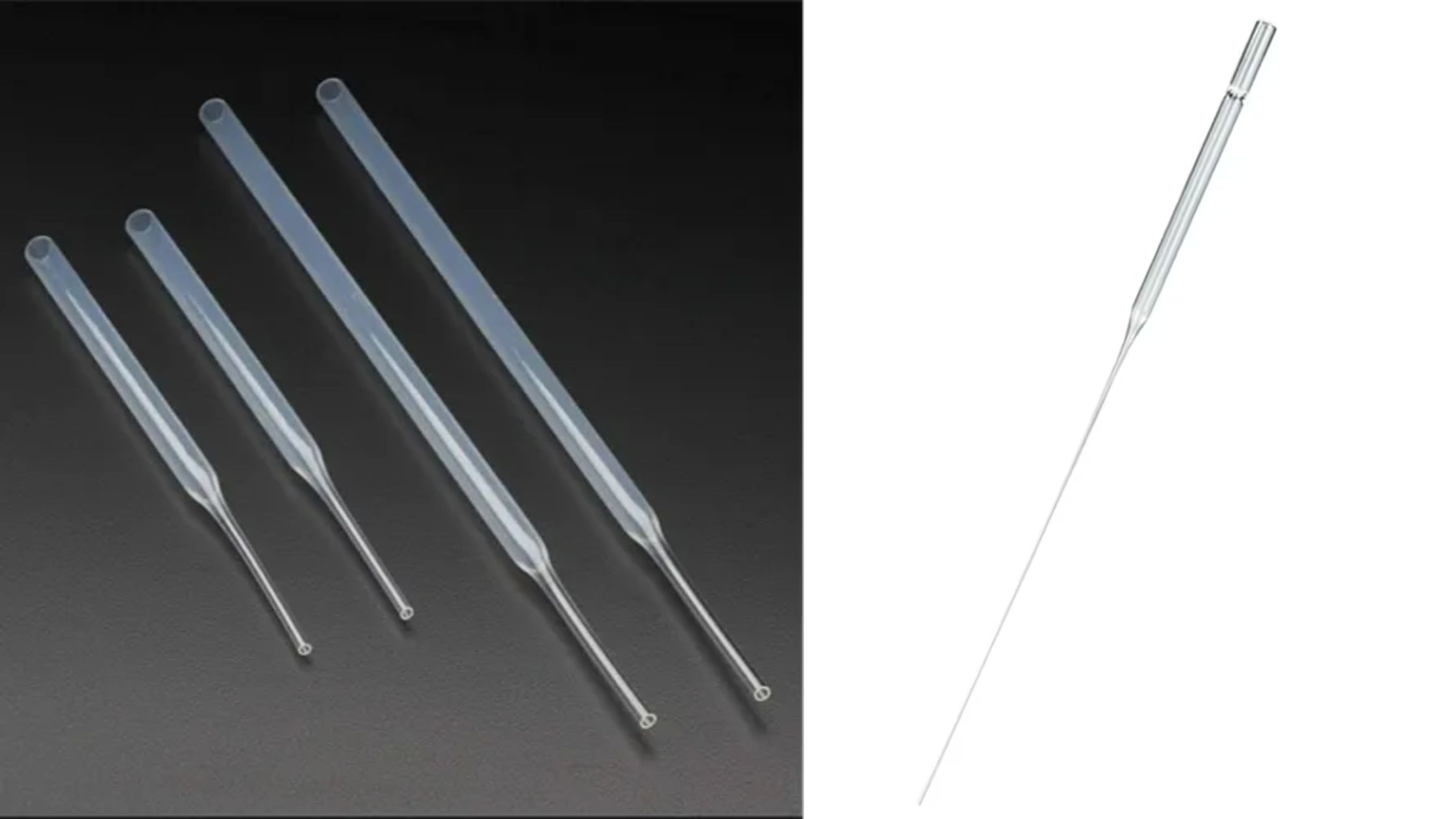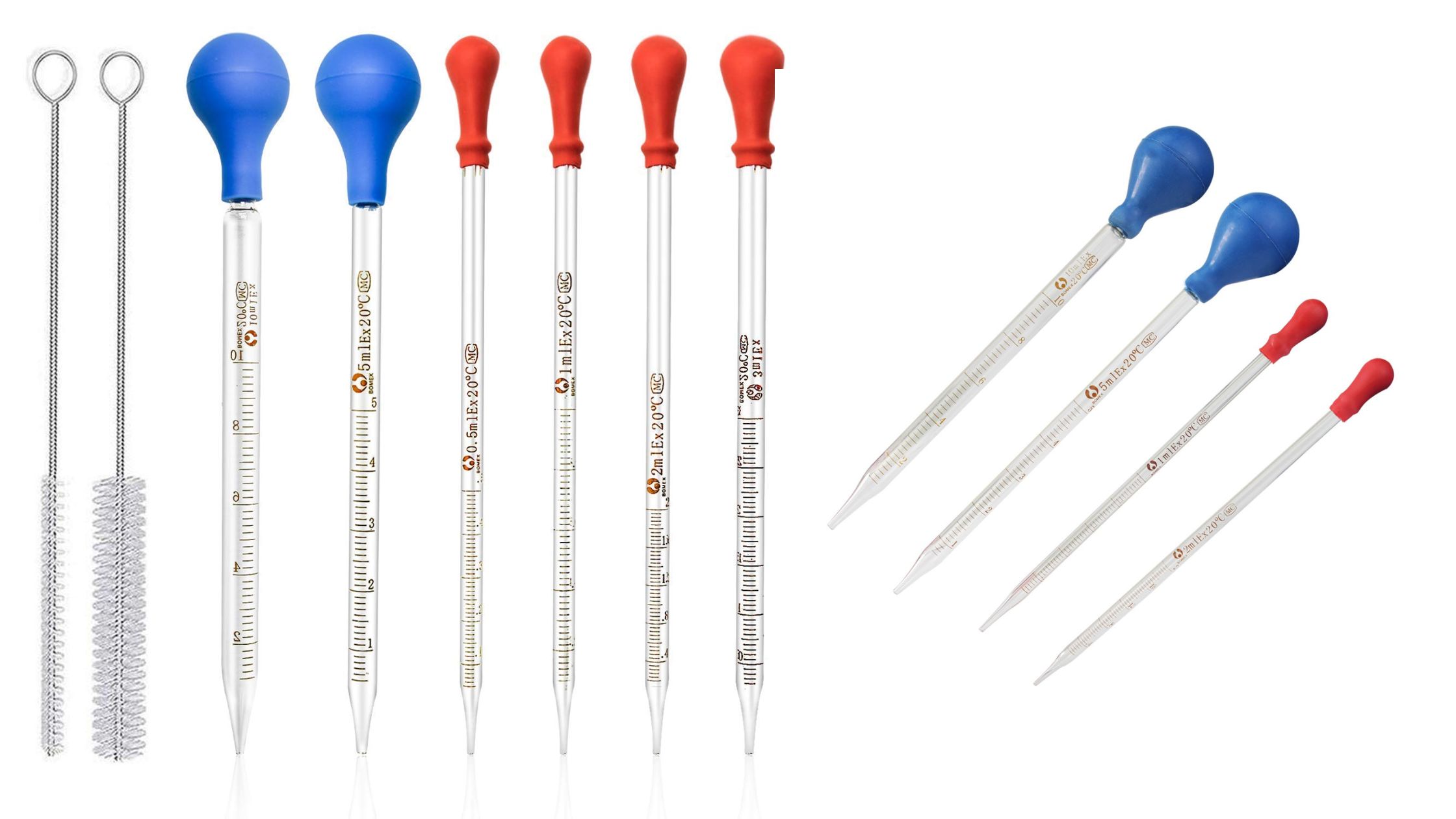Phylogenetic Tree – Definition, Types, Steps, Methods, Uses
A phylogenetic tree (also phylogeny or evolutionary tree) is a branching diagram or a tree that illustrates the evolutionary relationships between various biological species or other entities based on similarities and differences in their physical or genetic characteristics. All life on Earth belongs to a singular phylogenetic tree, indicating a shared ancestry. In a rooted … Read more
